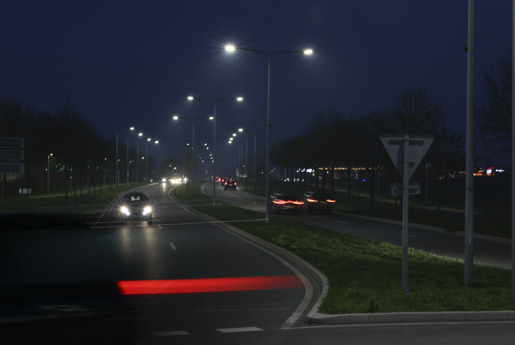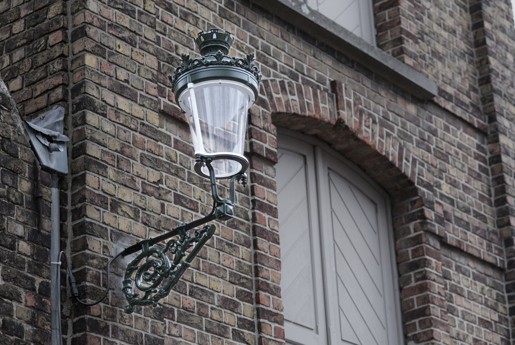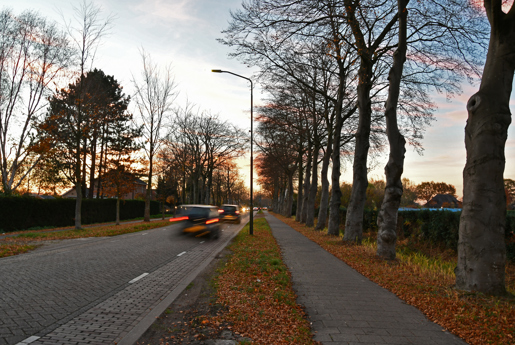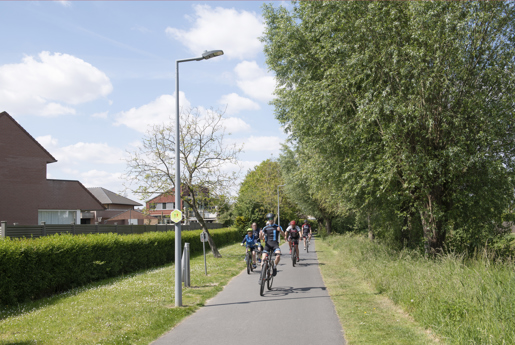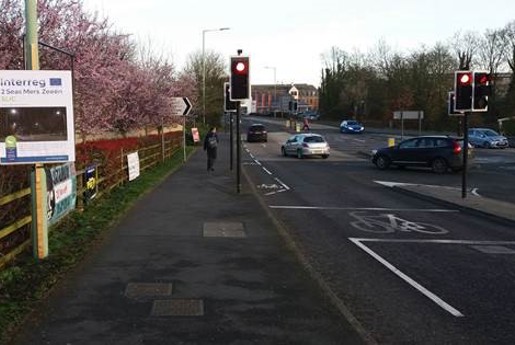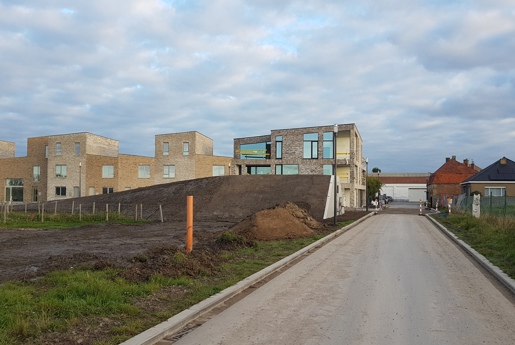Mechelen
Within the SLIC project, the city of Mechelen and the Belgian grid operator Fluvius are focusing on the (automatic) generation of the correct dimming schedules for a specific road section in the Coloma district. The time of year and traffic conditions determine the dimming of the public lighting in the pilot area.

District lighting needs
The main question of the pilot is: how much light is needed at a certain time in a certain place to simultaneously guarantee safety and maximum energy savings. The existing lighting infrastructure is used for research into the ideal dimming schedules. And (traffic) sensors will be installed in the neighbourhood.
Fluvius provides a standard lighting program for public lighting. The pilot examines how this program can be adapted to the lighting needs of the neighbourhood. A combination of historical data and information from sensors and cameras will determine the effective use of the public domain by pedestrians, cyclists and cars and smartly control the lighting.
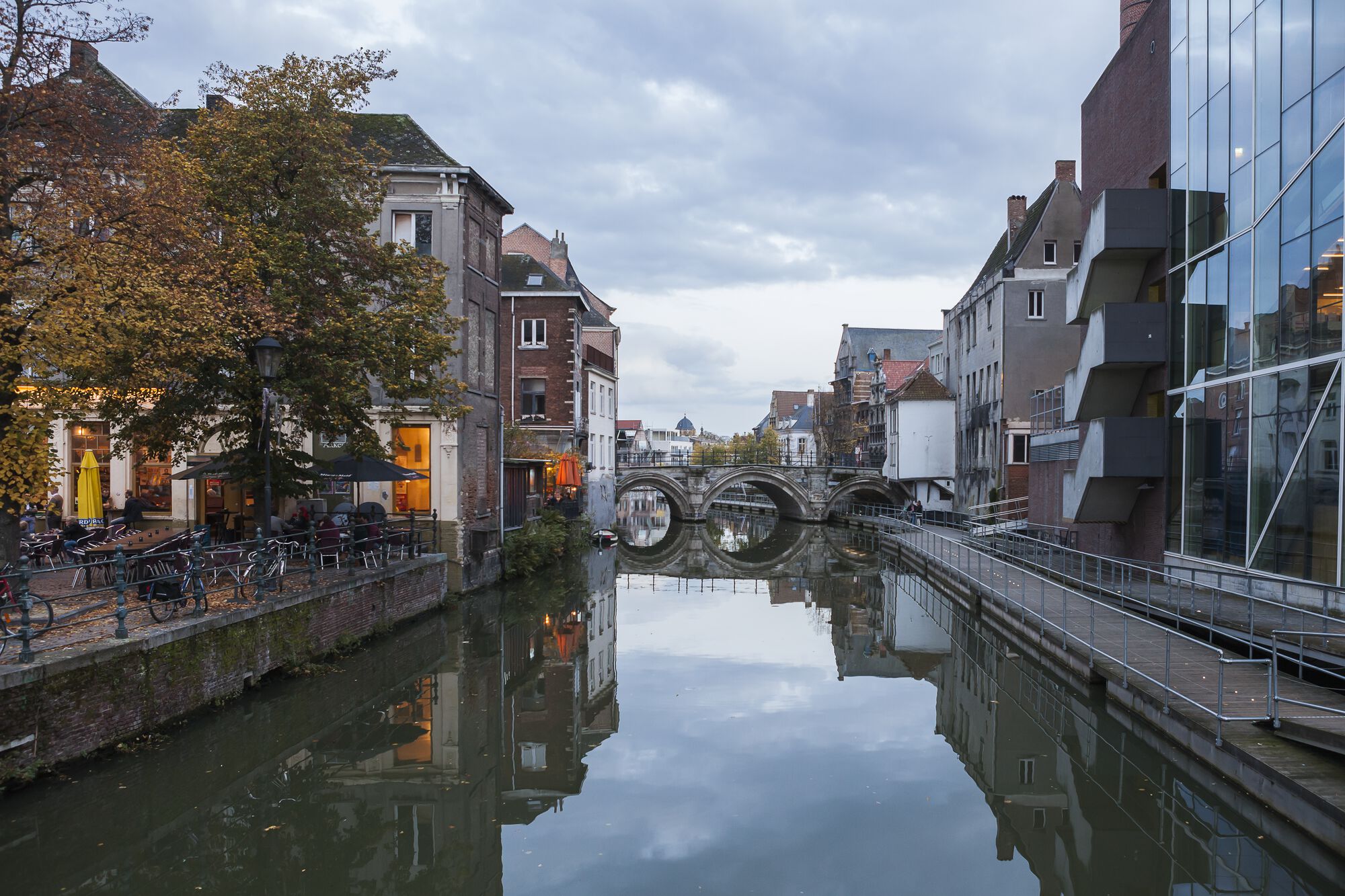
Mobility
Mobility, societal and road safety are taken into account when adapting the lighting program. Part of the SLIC research is measuring the impact of this sustainable approach to public lighting on the residents of the neighbourhood. The city council of Mechelen and Fluvius have committed themselves to involve the residents for the optimal light plan, which is sustainable and offers safety.
Furthermore, Fluvius has used this research to investigate the potential savings when applied on a larger scale and through this project a European and Flemish light standard will be shaped for the future. Mechelen and Fluvius want to use this customized lighting to offer a solution that has a positive impact on the climate, citizens and the city.
Network operator Fluvius has made a video of the SLIC-pilot Mechelen
Technology
For this pilot, grid operator Fluvius focuses on the (automatic) generation of the correct dimming schedules for a particular road section in a residential area, depending on the time of year and traffic conditions. The existing lighting infrastructure, including the current management system, is used for this. The main question is: how much light is needed at a particular time and place in order to guarantee safety and maximum energy savings.
This pilot takes place in 3 phases:
- Phase 1: offline data analysis based on historical traffic data. Generation of dimming schedules based on patterns from this data. Manually entering the dimming schedules.
- Phase 2: Moving the algorithms from step 1 to an online platform, automatic dimming schedule generation and visualisation of estimated energy savings.
- Phase 3: Verification of the algorithm and the traffic data by placing (traffic) sensors. Automatic adaptation of the generated dimming schedule in deviating circumstances (traffic, event, et cetera).

